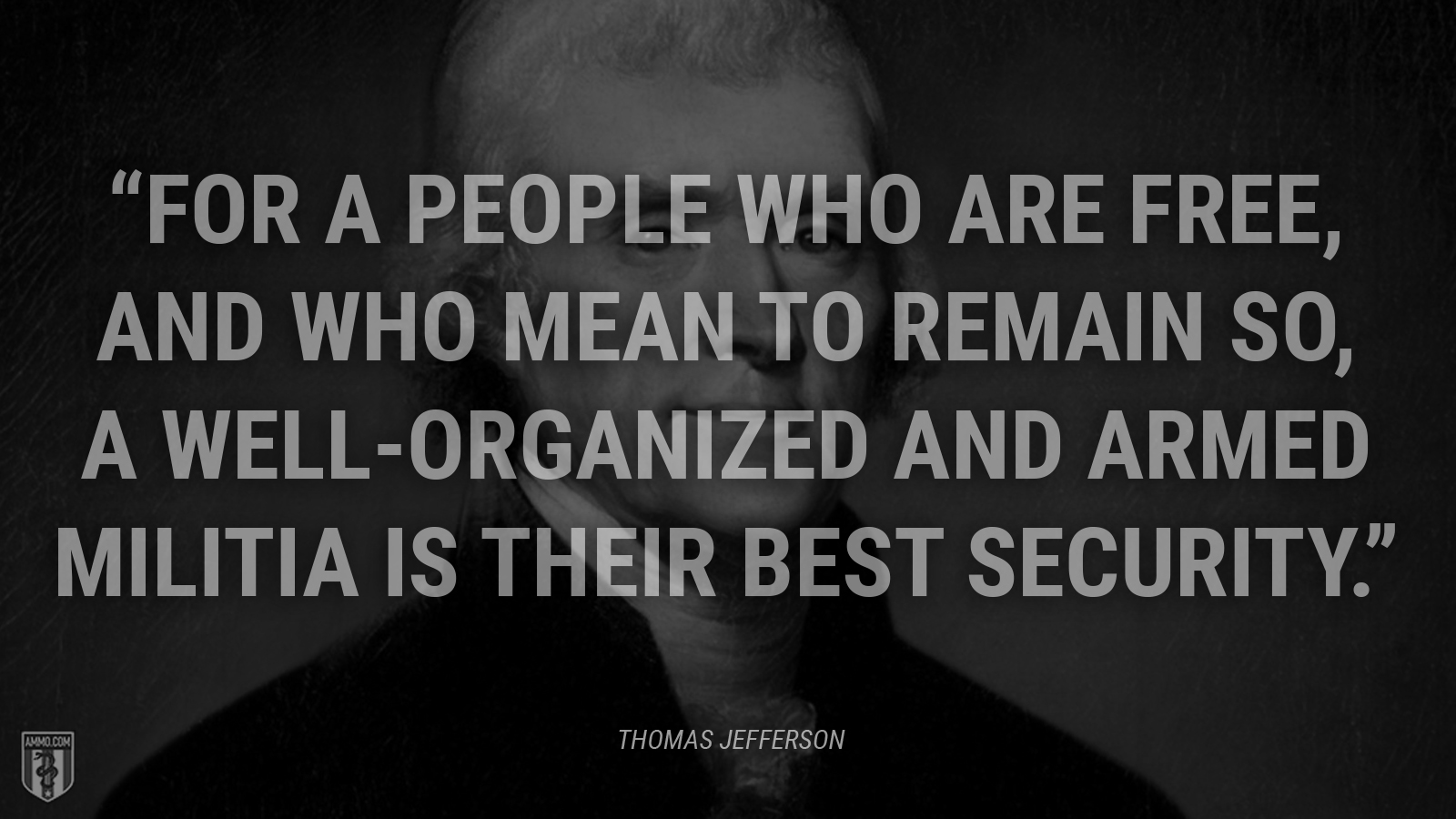

The first was to form one nation and one people out of the people of 13 separate and distinct states. Looking at our Founding, two revolutionary innovations stood out. The Constitution has served the purposes for which it was originally intended very well, and the principal reason has been the republican character of its governing principles and institutional forms. America is exceptional in the sense that the constitutional order established at the nation’s Founding has, on the whole, proved remarkably sound, stable, and enduring. Based on the principles of the nation’s political tradition, the Civil War and Reconstruction were a fulfillment and completion of the Constitution, not a revolution against it.Ĭhanges in culture and society surely affect political life, but the more important issue in considering the political health of a people concerns the constitutive principles, forms, and ends by which they choose to be governed. Lincoln vindicated the Constitution by proving secession to be lawless rebellion and affirmed the two central principles of the Union: divided sovereignty and equal citizenship based on the natural rights of individuals. To properly understand the nature of our republic, we turn for guidance to President Abraham Lincoln’s defense of liberty and Union in his First Inaugural Address. From the outset, this division introduced into American politics an element of ambiguity over the proper relation between the federal and state governments.

It is found on items used by the general public such as coins and postage stamps.Abstract: The Constitution establishes a federated republic in which government sovereignty is divided between federal and state institutions. It appears in the constitutions of 19 and is today an integral part of our national heritage. This motto was inscribed again on the pediments of public buildings on the occasion of the celebration of 14 July 1880. When the Constitution of 1848 was drafted, the motto "Liberty, Equality, Fraternity" was defined as a "principle" of the Republic.ĭiscarded under the Second Empire, this motto finally established itself under the Third Republic, although some people still objected to it, including partisans of the Republic: solidarity was sometimes preferred to equality which implies a levelling of society, and the Christian connotation of fraternity was not accepted by everyone. It reappeared during the Revolution of 1848 marked with a religious dimension: priests celebrated the "Christ-Fraternité" and blessed the trees of liberty that were planted at the time. This motto fell into disuse under the Empire, like many revolutionary symbols. But they were soon asked to erase the phrase’s final part as it was too closely associated with the Reign of Terror. In a December 1790 speech on the organization of the National Guards, Maximilien Robespierre advocated that the words "The French People" and "Liberty, Equality, Fraternity" be written on uniforms and flags, but his proposal was rejected.įrom 1793 onwards, Parisians, soon to be imitated by the inhabitants of other cities, painted the following words on the façades of their houses: "Unity, indivisibility of the Republic liberty, equality or death". Linked by François Fénelon at the end of the 17th century, the notions of "liberty", "equality" and "fraternity" became more widespread during the Age of Enlightenment.Īt the time of the French Revolution, "Liberty, Equality, Fraternity" was one of the many mottos in use. © Photothèque des Musées de la Ville de Paris - Ph. "Unité, Indivisibilité de la République, Liberté, Egalité, Fraternité ou la Mort"Ĭolored print edited by Paul André Basset, prairial an IV (1796)


 0 kommentar(er)
0 kommentar(er)
